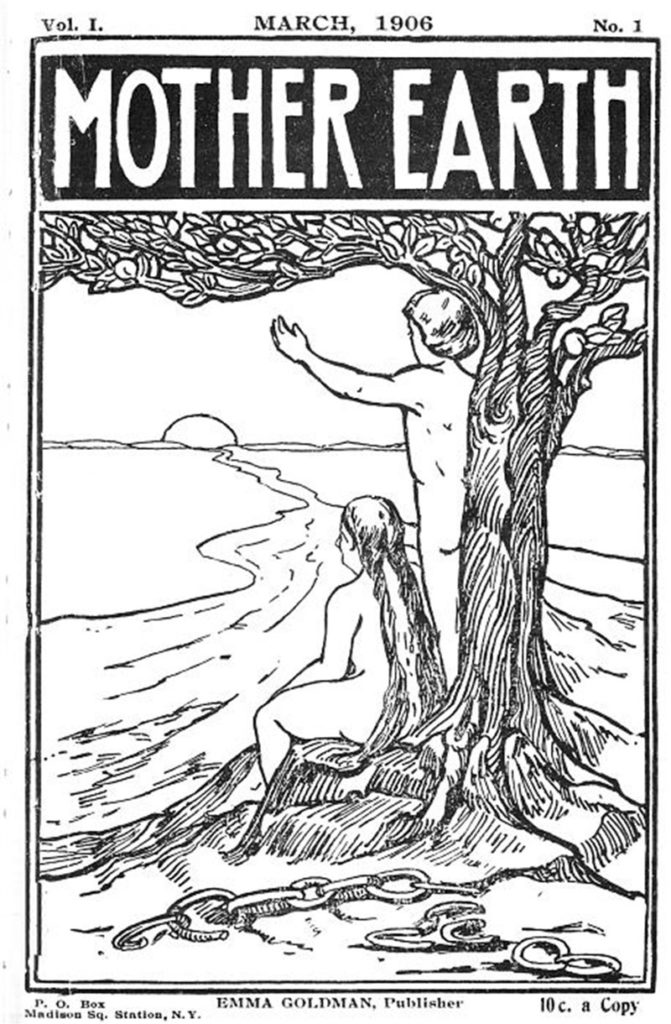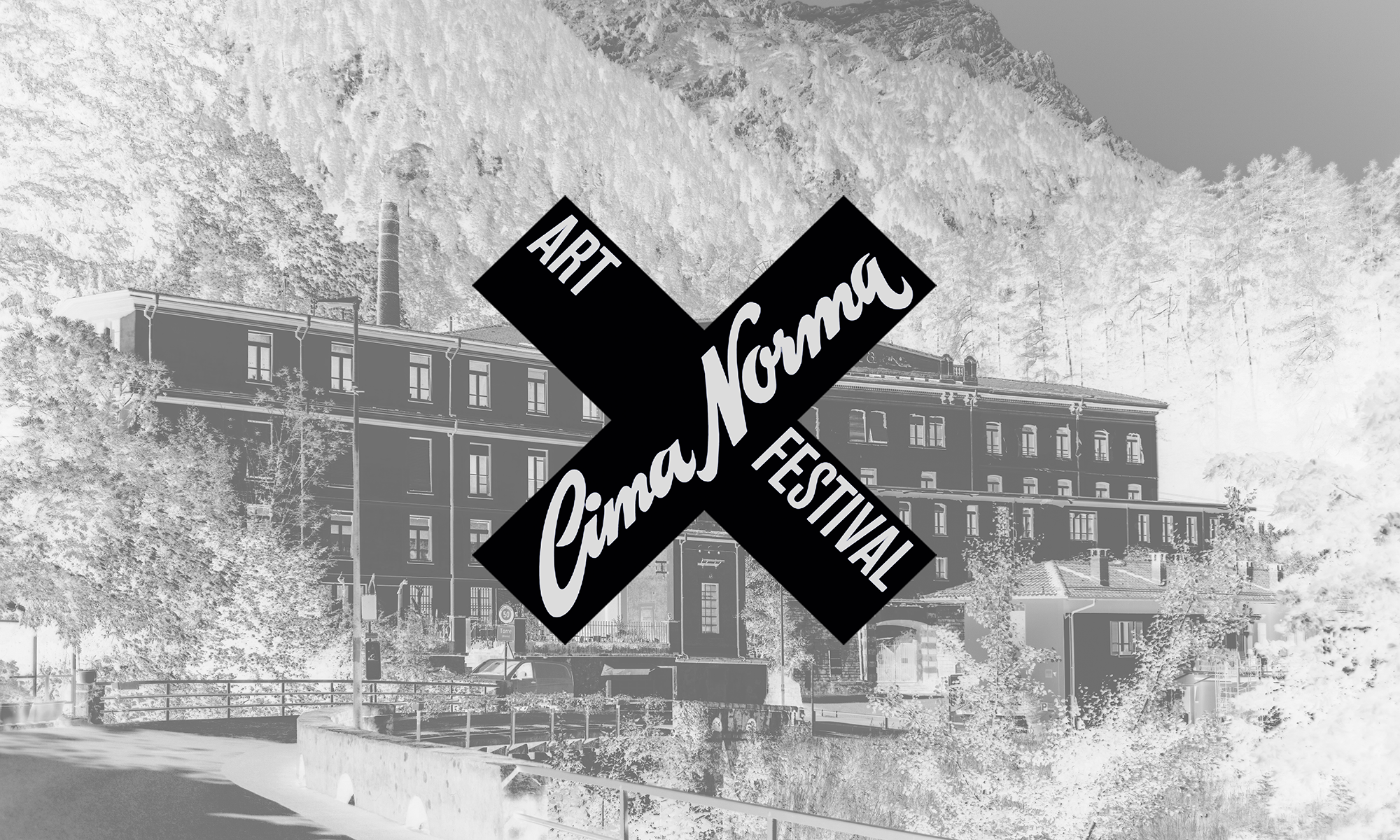Giving Birth to the Sky
Make kin not babies
Donna Haraway
After having dealt with the shipwreck, the ruins and the book in past editions, the metaphor around which the fourth edition of the Cima Norma Art Festival, which will take place from 24 June to 3 September, is centered is that of the mother and motherhood.

Since antiquity, in almost all civilisations, nature and the earth have been represented as female figures: from the Great Mother to Mother Earth, from Gaea to Diana of Ephesus. It is above all the attributes of female sexuality, and in particular her role as generatrix, that foster the identification of women with nature and the earth. The personification of nature as a generating and nurturing female figure recurs throughout the history of art, from the Venus of Willendorf to the elaborate allegories of the 17th century. An image so deeply rooted in the Western imagination that it survives, albeit transformed, even in modernity, think, for example, at two iconic works such as Gustave Courbet’s L’origine du monde or Marcel Duchamp’s Étant donnés.

The title chosen for this year’s edition, Giving Birth to the Sky, refers to ancient Greek mythology and the figures of Gaea (goddess of the earth) and Uranus (god of the sky). According to Greek mythology, in fact, (but similar tales can also be found among other peoples) Uranus was given birth by Gaea. The reference to this mythological narrative, which corresponds, on closer inspection, to the scientific reality of the formation of the atmosphere (produced by gases escaping from the earth), is intended to allude to the responsibility we must shoulder and the actions we must take if we want the transformations to which we have subjected our environment and in particular the atmosphere not to be irreversible, and at the same time to the need to establish a new relationship with the other species that share the planet with us.

The primordial identification of what is terrestrial with the feminine and of the celestial with the masculine, if on the one hand it shows how the representation of nature is from the very beginning influenced by gender representations, on the other hand it reveals that this identification is also a way of defining the attributes and behaviour of the two sexes on the basis of a legitimisation that would find its foundation in the principles of nature. If history has seen the prevalence of the celestial over the terrestrial and thus, through patriarchy, of the masculine over the feminine, the crises that increasingly threaten our time seem to indicate the absolute necessity of abandoning the patriarchal model of a late capitalism that plunders the ‘mother earth’ of all its resources by sacrificing them on the altar of a growth which is imagined to be endless. The reference to the metaphors of the mother is therefore also an invitation to reflect on the need to overcome those residues of patriarchy that still persist in our society and the need to identify alternative models of life and social organisation.

Starting from these reflections, the festival unfolds according to its characteristic multidisciplinary nature in an attempt to offer spectators an opportunity to question the issues that shape our present and will increasingly shape our future.
